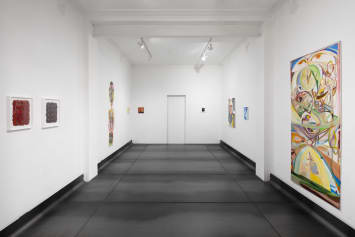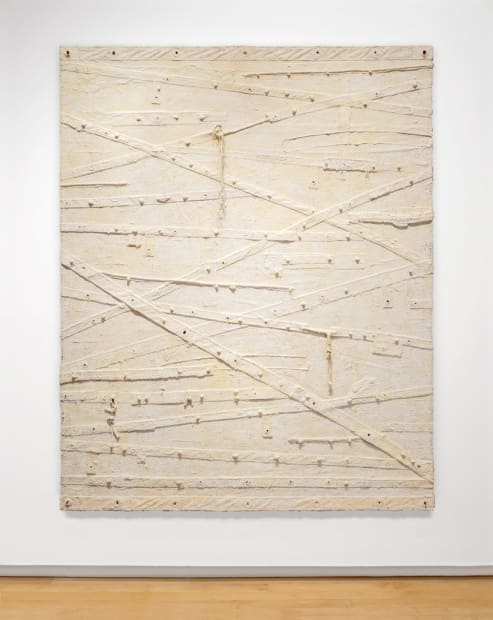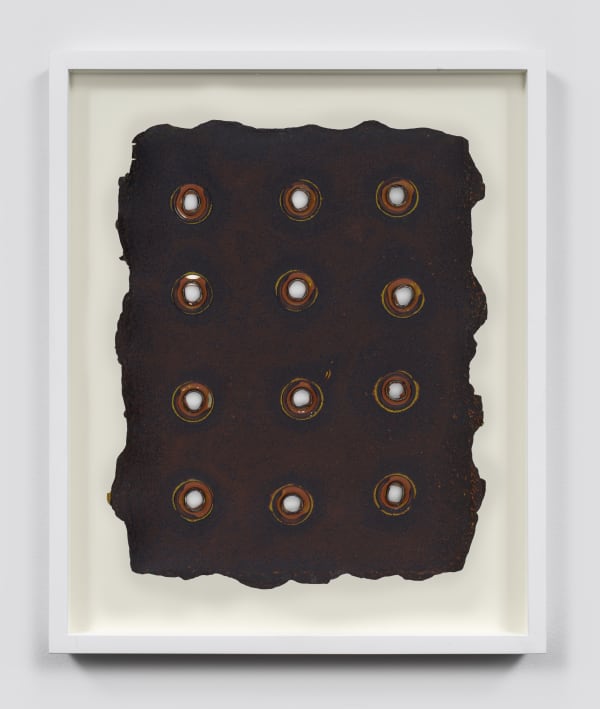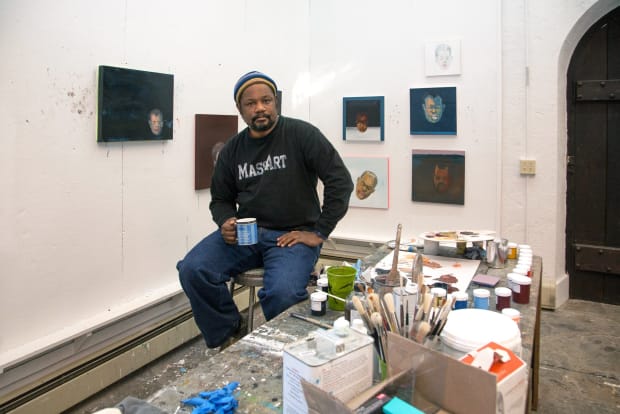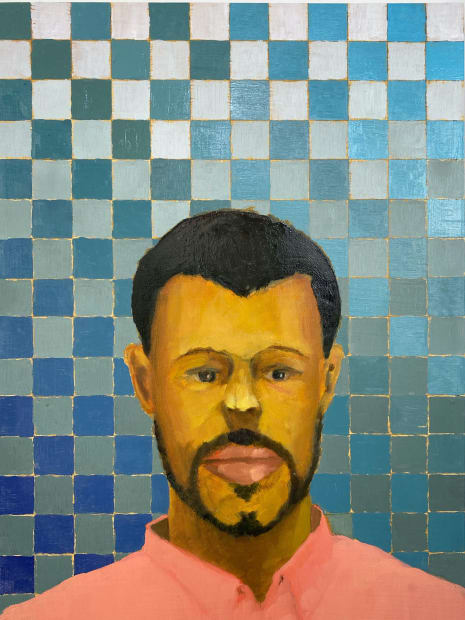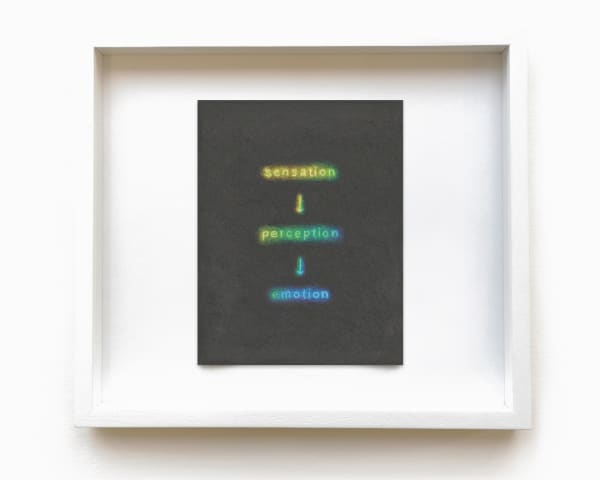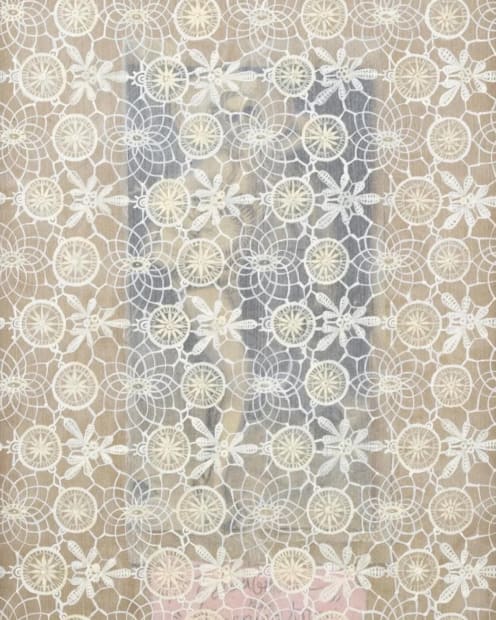Campeche presents Under My Skin, a two-part exhibition that explores the process of layering as a mean to partially reveal, obscure, or filter shared experiences within contemporary queer culture. Taken together, the works create multiple entry points for the viewer, who is invited to do their own excavation of sorts, reading and interpreting the codex of signs and symbols embedded in each work.
-
“The paintings are layered and built out of themselves—from the inside out. [...] Up close under-layers of color are visible through surface cracks and crevices. It’s about what’s hidden, what’s revealed, buried, muffled, pushing up from underneath.…a surface under stress. Might the painting surface as edge between art and life be a site of negotiation?”
—Harmony Hammond, A Manifesto (Personal) of Monochrome (Sort of), 2013
-
-
-
-
-

-
-
-
-
-
